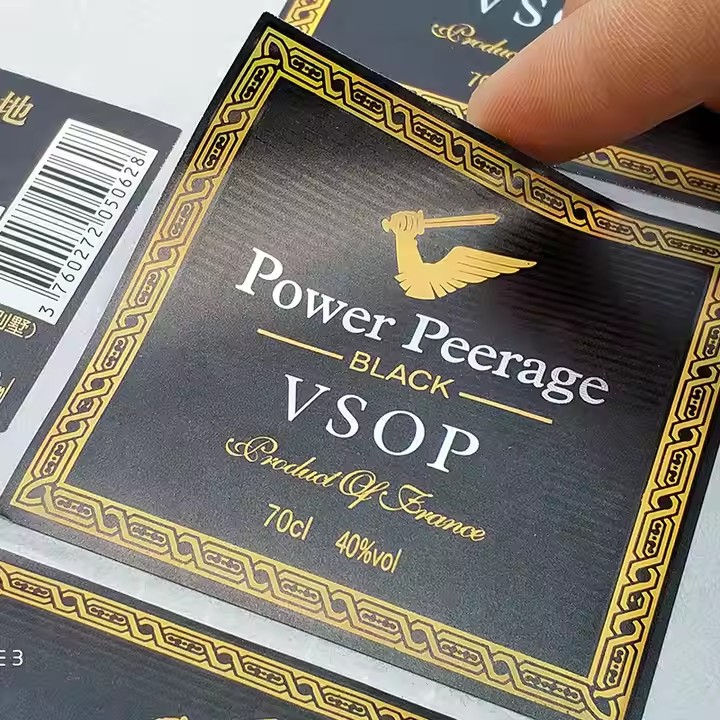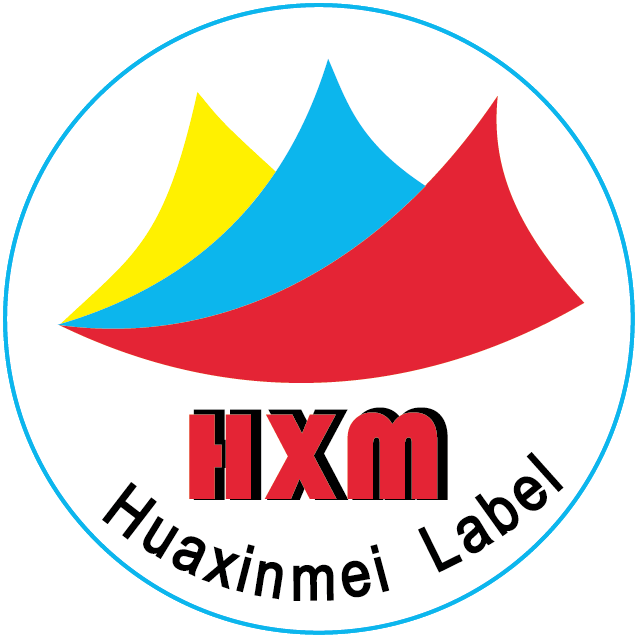Pre – negotiation Preparations
Understand Merchant Information: In advance, learn about the merchant’s business area, product types, brand style, etc., and clarify the possible types of labels they need. For example, food labels may need to emphasize information such as ingredients and shelf – life, while electronic product labels may focus on specifications and models. Understand the basic information of the merchant, as well as the people involved in the negotiation business. Know about the basic human relationships and interactions within the company, and formulate a negotiation strategy with the manufacturer to maximize the cooperation with the merchant.
Prepare Materials: Organize relevant company materials, such as business licenses, production qualifications, and successful cases of previous small – batch label production. Prepare label samples of different materials and processes to visually demonstrate the product quality and effect to the merchant. For the label manufacturer we plan to cooperate with, we need to clarify their basic information. For example, find out the maximum number of products they can produce, how many labels they can produce in the shortest time, whether they deliver on time, and what their reputation is like. After thoroughly investigating this information, we can proceed with the cooperation.
Formulate Plans: Based on the initial understanding of the merchant, prepare several preliminary plans for small – batch label production, including different design styles, material selections, and price ranges, to meet the different needs and budgets of the merchant.
During the Negotiation Process
Establish a Good Start
Polite Greetings: Greet the merchant with an enthusiastic and friendly attitude, using polite expressions such as “Hello” and “Nice to meet you” to create a relaxed and pleasant atmosphere.

Self – introduction: Briefly introduce yourself and your company, highlighting the company’s professional capabilities and advantages in the field of small – batch label production. For example, “Our company has been specializing in small – batch label production for many years. We have advanced equipment and a professional team, providing high – quality label products to numerous customers.”
Understand Merchant Needs
Ask for Basic Information: Inquire about the basic information of the labels the merchant needs, such as their purpose, quantity, size, and shape. For example, “What kind of product will these labels be used for this time? And approximately how many labels do you need?”
Explore Special Requirements: Find out the special requirements of the merchant for the labels, such as whether they need anti – counterfeiting functions, waterproof and moisture – proof functions, special design elements or processes. You can ask, “Do you have any special requirements for the functions of the labels, such as waterproofing or anti – counterfeiting?”
Pay Attention to Budget and Delivery Time: Ask about the merchant’s budget range and expected delivery time. For example, “What is your approximate budget for this label project? And when do you expect these labels to be delivered?”
Show Your Own Advantages
Emphasize Professional Ability: Introduce the company’s production equipment, technical processes, and quality control system, explaining that the quality and efficiency of small – batch label production can be guaranteed. For example, “We have introduced advanced digital printing equipment, which can accurately achieve various complex design effects. Moreover, we have a strict quality inspection process to ensure that every label meets high – quality standards.”
Mention Flexible Services: Highlight the flexibility in small – batch production, such as accepting personalized customization, rapid prototyping, and small – order production. “We are very good at small – batch and personalized label production. No matter how small your order quantity is, we can provide you with high – quality products and services. And we can quickly make samples according to your needs, so that you can confirm the effect as soon as possible.”
Share Success Stories: Share successful cases of similar projects with other merchants to demonstrate the company’s strength and reputation. For example, “Previously, we provided small – batch customized labels for [a well – known brand]. They were very satisfied with our products and services, and the products also received a good response in the market.”
Discuss Cooperation Details
Price Negotiation: Based on the merchant’s needs and budget, propose a reasonable price plan and explain the price composition and preferential policies. For example, “Considering your order quantity and the complexity of the labels, the price we offer is [specific price]. This price already includes all costs such as design, materials, printing, and packaging. If you have more orders in the future, we will also give certain price discounts.”
Delivery Time: Determine a reasonable delivery time according to the production capacity and the merchant’s delivery requirements, and explain the factors that may affect the delivery time and countermeasures. For example, “Under normal circumstances, we can complete the delivery within [specific time]. However, if there are shortages in raw material supply or force majeure factors, we will communicate with you in advance and take corresponding measures to ensure that the delivery time is affected as little as possible.”
After – sales Service: Introduce the company’s after – sales service content, such as the return and exchange policy for quality problems and post – sales technical support. “We provide comprehensive after – sales service. If there are quality problems with the labels during use, we will unconditionally return or exchange them for you. And we also have a professional technical team to provide you with technical support and solutions at any time.”

Follow – up after the Negotiation
Organize Negotiation Content: After the negotiation, promptly organize the negotiation content, including the merchant’s needs, consensus reached, and issues to be resolved, and form a detailed record.
Send a Cooperation Plan: Based on the negotiation situation, further improve the cooperation plan and send it to the merchant in written form, such as by email, clarifying important information such as the rights and obligations of both parties, product specifications, price, and delivery time.
Maintain Communication: During the merchant’s consideration of cooperation, maintain appropriate communication, answer the questions the merchant may raise. For example, ask the merchant about their opinions on the cooperation plan at regular intervals, “May I ask if you have any questions or need further discussion regarding the cooperation plan we sent?”


